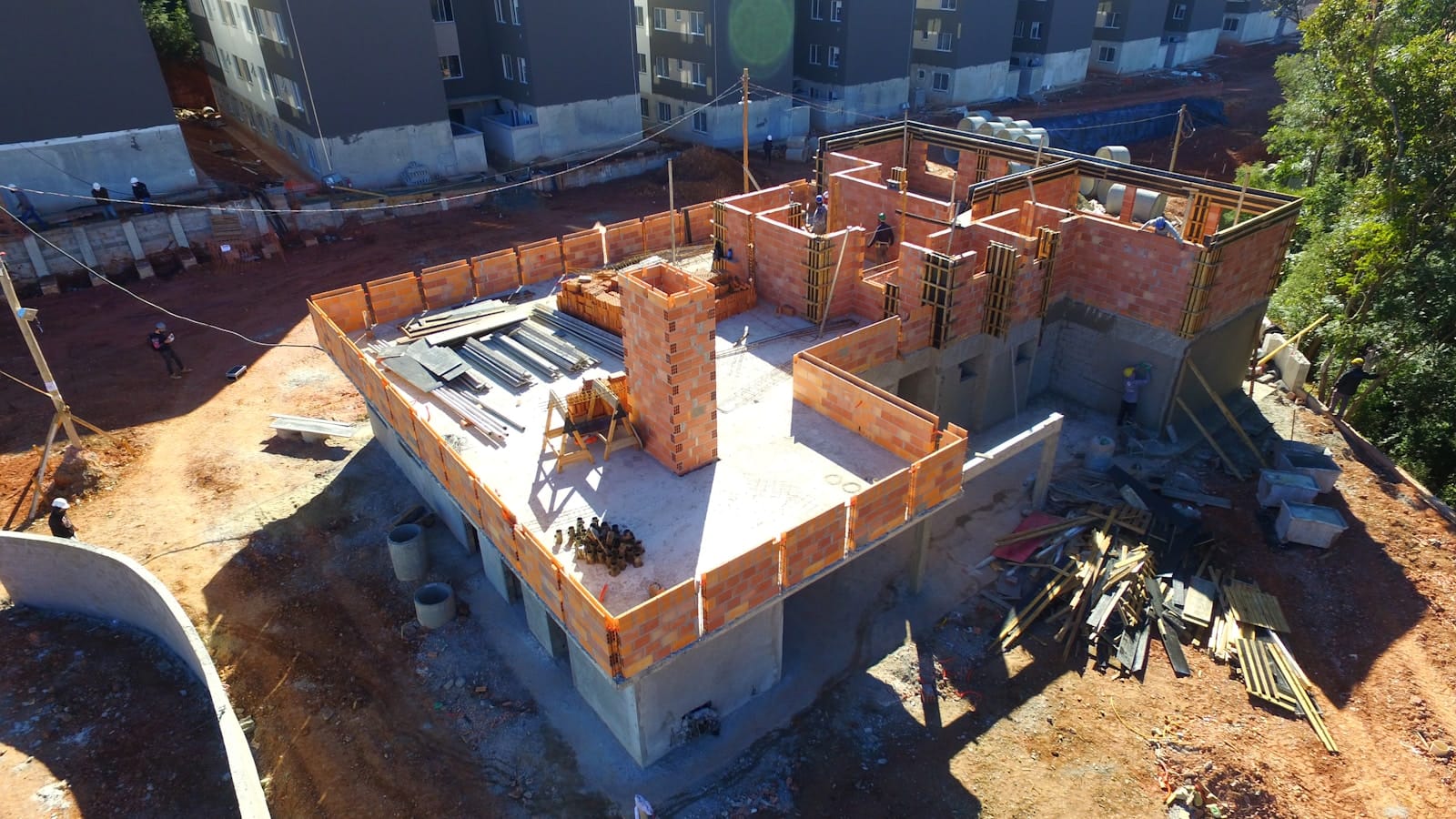Budgeting for Your Dream Home
Building a custom home is both exciting and intimidating, especially when the first question many future homeowners ask is “how much will it cost?” In Metro Detroit markets like West Bloomfield, Bloomfield Hills, Troy, and Birmingham, the answer depends on several factors: land prices, home size, materials, labor rates, and permitting requirements. Rather than rely on generic national averages, this post breaks down local costs, including the cost to build a custom home in Metro Detroit, so you can start planning for 2026 with realistic numbers. Zamzam Development (ZD) uses decades of experience building throughout Oakland County to help clients create detailed budgets and avoid unpleasant surprises. Understanding the cost to build a custom home in Metro Detroit is essential for future homeowners and should be a significant part of your planning process.
Cost Ranges for Different Types of Construction
It’s important to distinguish between production, semi-custom, and fully custom homes. Production homes are standardized models built by large developers; they cost about $100–$150 per square foot because bulk materials and repetitive designs lower expenses [1]. Semi‑custom homes start from pre‑designed floor plans with some personalization and generally cost $150–$220 per square foot [2]. Fully custom homes, Zamzam Development’s specialty, are unique projects that reflect your lifestyle; they require more intricate design, engineering, and craftsmanship. In Michigan, custom homes range from $200 to $350+ per square foot depending on finishes and complexity [3]. For example, a 2,000-square-foot custom home might cost $400,000–$700,000, while a 5,000‑square‑foot estate could exceed $1 million [4].
When exploring the cost to build a custom home in Metro Detroit, it’s crucial to factor in location-specific variables and preferences that could impact your overall budget.
Factors That Influence Cost
Several variables determine where your project lands within these ranges:
- Home size: Larger homes require more materials and labor, so doubling square footage roughly doubles cost [4].
- Land cost: The average cost per acre in Michigan is about $16,500 [5], but desirable lakefront lots in West Bloomfield or Bloomfield Hills can fetch much higher prices.
- Site conditions: Clearing trees, grading slopes, or connecting to utilities can add thousands to your budget [6].
- Design complexity: A straightforward ranch with a simple roof is cheaper to build than a three‑story home with multiple rooflines[7].
- Materials: Opting for stone, brick, or high‑end cabinetry increases costs [8].
- Amenities: Pools, walk‑in pantries, outdoor kitchens, and luxury baths elevate your budget [9].
- Labor & builder expertise: Experienced builders like ZD charge more but deliver quality craftsmanship and transparent communication [10].
- Permitting and code requirements: Compliance with local zoning laws and inspections can add time and fees [11].
Understanding these elements helps you allocate funds wisely. ZD recommends creating a must‑have versus nice‑to‑have list early in the planning process [12].
Breakdown of Major Cost Components
Local data from Houzeo’s 2025 report provides a clear breakdown for a 3,000‑square‑foot home:
| Cost Component | Average Cost | Notes |
| Land | $18,300 per acre | Land prices vary widely; premium lakefront lots command higher prices [13]. |
| Foundation | ≈$5 per sq ft | Includes excavation, footings, and waterproofing [14]. |
| Framing | $20k–$50k | Lumber prices fluctuate; truss complexity matters [15]. |
| Exterior siding | $2.83–$5.24 per sq ft | Choices like brick, vinyl, or fiber cement influence cost [15]. |
| Roofing | $150–$1,685 per 100 sq ft | Asphalt shingles are cheaper; metal or slate is more expensive [15]. |
| Plumbing & Electrical | $64–$138 per hour | Skilled trades charge hourly rates plus materials [16]. |
| Permits | $3k–$4k | Building permit fees depend on square footage and project complexity [17]. |
| Finishing | Varies | Cabinets, countertops, flooring, and appliances can add tens of thousands [18]. |
Remember that Michigan’s new energy codes (effective August 2025) require more efficient insulation, windows, and appliances, potentially increasing upfront costs but saving about $396 per year on utility bills [19]. ZD integrates these standards to reduce your long‑term expenses and environmental footprint.
Hidden and Indirect Costs
Beyond the obvious line items, there are indirect costs you should anticipate:
- Land preparation: Clearing and grading typically cost $1,500–$3,000 [20].
- Financing fees: Construction loans may require interest‑only payments during the build and closing costs when converted to a permanent mortgage [21].
- Temporary living expenses: If you’re selling your existing home before moving into your new build, budget for rental housing or storage.
- Interior furnishings: Plan to spend at least $20,000 on furniture and décor for a 2,000‑square‑foot home [22].
Budgeting Advice from Zamzam Development
- Plan for contingencies: We recommend adding a 10–15% contingency to your budget to accommodate unexpected costs.
- Prioritize high‑impact areas: Invest in structural quality, insulation, and energy‑efficient systems before splurging on luxury finishes.
- Hire experienced professionals: Working with a seasoned builder like ZD prevents costly mistakes and delays [23].
- Consider long‑term value: Higher‑quality materials reduce maintenance and increase resale value [24].
- Stay informed: Follow local market data to gauge future resale values. For instance, as of August 2025, the average home value in West Bloomfield is $443,360, a 3.3% year‑over‑year increase [25].
Conclusion and Soft Call to Action
Building a custom home is one of the largest investments you’ll make. Understanding cost ranges and local factors empowers you to make smart decisions and avoid surprises. At Zamzam Development, we help clients in West Bloomfield, Bloomfield Hills, Troy, and Birmingham create realistic budgets and choose features that maximize value. If you’re ready to explore what you can build in 2026, let’s turn your vision into a detailed plan.



